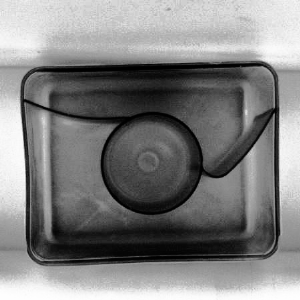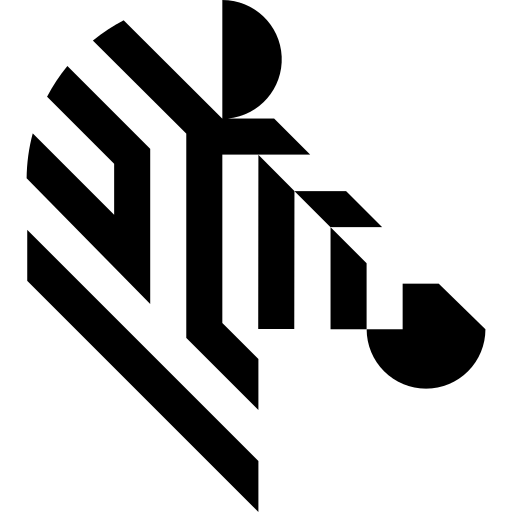You are here: Start » Filter Reference » Image » Image Enhancement » EqualizeImageHistogram
| Module: | FoundationLite |
|---|
Maps image pixels to new values to achieve uniform distribution of intensities in the range (0, 255).
| Name | Type | Range | Description | |
|---|---|---|---|---|
 |
inImage | Image | Input image | |
 |
inRoi | Region* | Range of pixels to be processed | |
 |
inSaturateBrightestFraction | Real | 0.0 - 1.0 | Fraction of the brightest pixels skipped during normalization |
 |
inSaturateDarkestFraction | Real | 0.0 - 1.0 | Fraction of the darkest pixels skipped during normalization |
 |
outImage | Image | Output image | |
Requirements
For input inImage only pixel formats are supported: 1⨯uint8.
Read more about pixel formats in Image documentation.
Description
The filter applies non-linear mapping to image pixel values so that pixel intensities of the resulting image are evenly distributed in range from 0 to 255.
The operation computes the cumulative histogram \(C\) of inImage and the image size \(N\). Then the result is computed as follows:
\[ \begin{aligned} outImage[i,j] &= C[ inImage[i,j] ] \times \frac{255}{N} \end{aligned} \]Examples
 |
 |
EqualizeImageHistogram run on example image.
Hardware Acceleration
This operation supports automatic parallelization for multicore and multiprocessor systems.
Errors
This filter can throw an exception to report error. Read how to deal with errors in Error Handling.
List of possible exceptions:
| Error type | Description |
|---|---|
| DomainError | Region exceeds an input image in EqualizeImageHistogram. |
| DomainError | The sum of inSaturateBrightestFraction and inSaturateDarkestFraction can't be greater than 1 in EqualizeImageHistogram. |
| DomainError | Not supported inImage pixel format in EqualizeImageHistogram. Supported formats: 1xUInt8. |
Complexity Level
This filter is available on Basic Complexity Level.
See Also
- ImageHistogram – Computes the histogram of the image pixel values.
- ConvertToCumulativeHistogram – Computes the cumulative histogram of input histogram.

 Basic
Basic